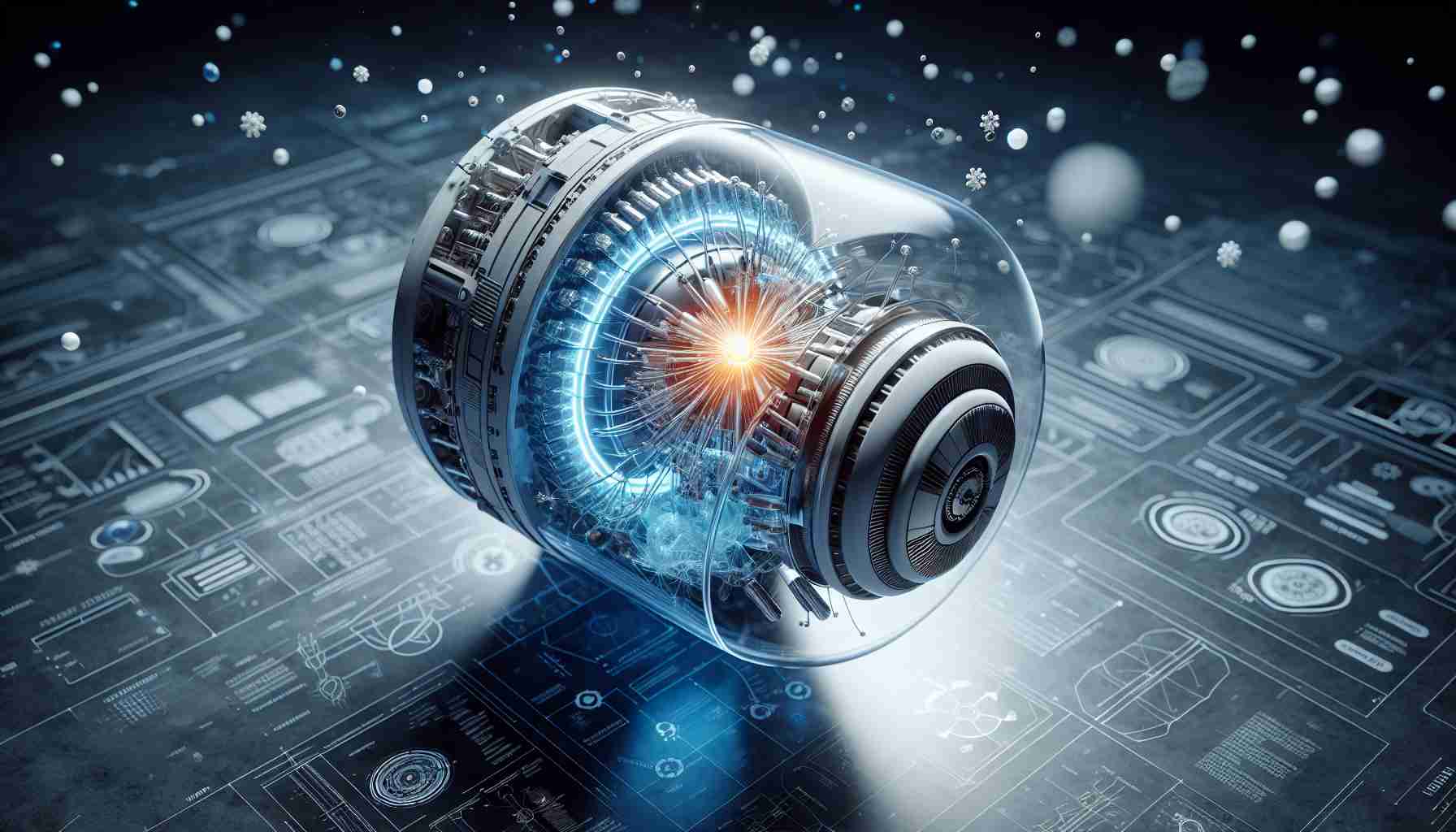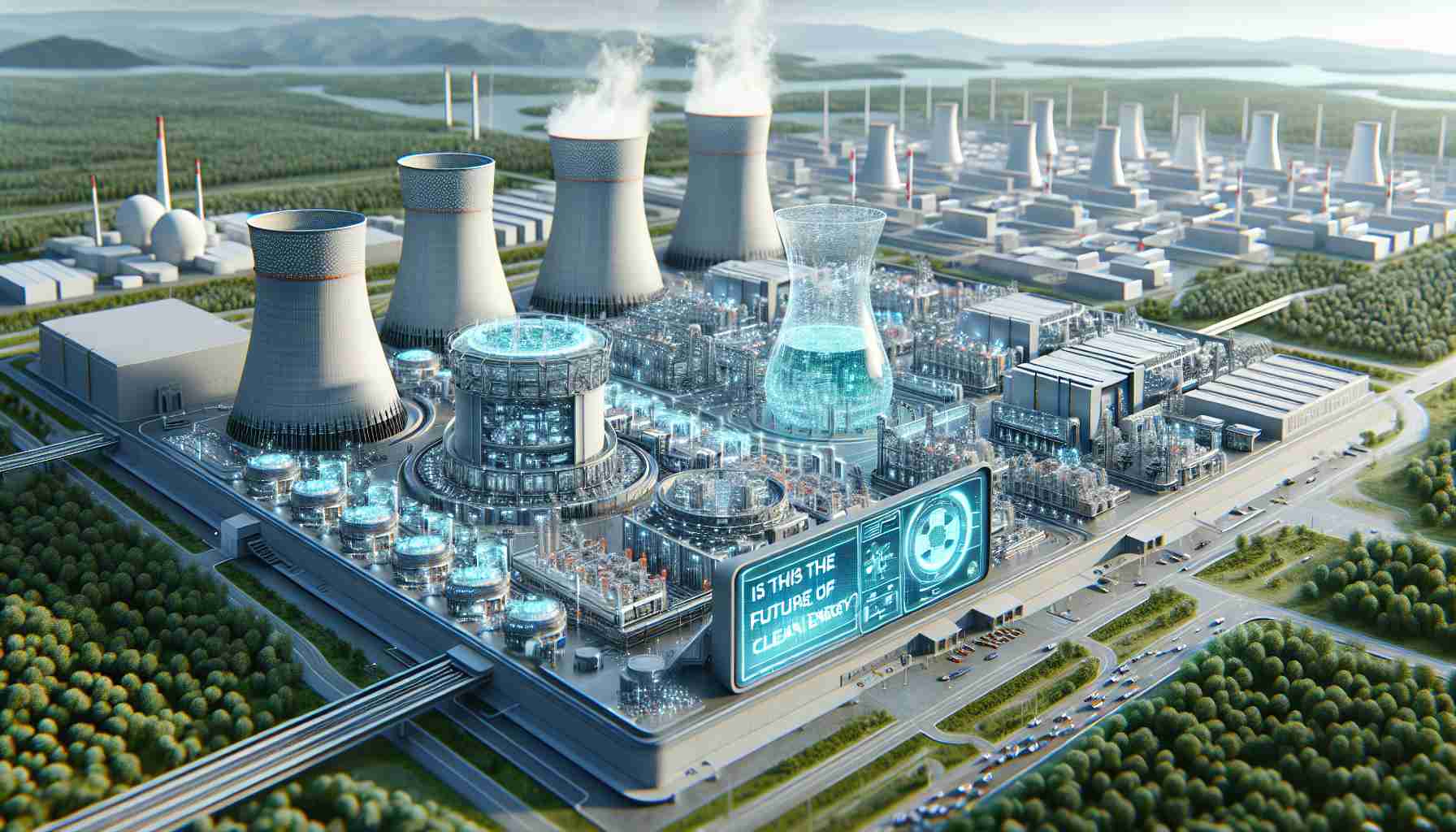Nuclear energy presents a promising solution for reducing CO2 emissions, but there are numerous challenges to overcome. While nuclear power has seen slow innovation, recent developments in reactor design are encouraging.
One lesser-known success story in nuclear propulsion is the NR-1 submersible, a small yet powerful craft that showcased the effectiveness of nuclear power in a compact format. Launched in 1969, this unique vessel operated for nearly four decades before its decommissioning in 2008. Designed under the guidance of Admiral Rickover, it weighed about 400 tons and could dive deeper and operate longer than conventional submarines.
The NR-1 featured a pressurized water reactor that powered an electric drive, allowing it to operate independently for weeks with a remarkably small crew. With just eleven crew members, including reactor engineers, the NR-1 proved that nuclear propulsion doesn’t require bulky installations, revealing a more minimalist approach that could pave the way for smaller nuclear vessels in various applications.
During a recent discussion with engineers, a former submariner recounted firsthand experiences aboard the NR-1, emphasizing that its nuclear propulsion was simply another efficient method of propulsion rather than a complex system. As new reactor designs continue to emerge, the hope for a commercial nuclear propulsion revival grows, prompting a national dialogue on the potential of nuclear technology in addressing energy and environmental challenges.
Exploring the Broader Implications of Nuclear Energy
As nations grapple with the urgent need to reduce carbon emissions and transition to sustainable energy sources, nuclear energy emerges as a critical player in the ongoing global dialogue. Its potential to significantly cut CO2 emissions could have profound effects on society, culture, and the global economy. If embraced widely, nuclear power could lead to a decrease in reliance on fossil fuels, reshaping energy markets and potentially lowering energy costs in the long term.
Moreover, the implications of nuclear technology extend beyond electricity generation. Advancements in reactor designs—such as smaller, modular reactors—could facilitate not only cleaner energy production but also enhance national security through energy independence. These innovations hint at the creation of a new economic sector dedicated to nuclear technology, fostering job growth in engineering, construction, and maintenance.
However, the environmental impact of nuclear energy requires careful consideration. While nuclear power generates minimal greenhouse gas emissions, the management of nuclear waste poses significant challenges. Future trends may focus on solutions to waste disposal, recycling, and advancements in containment methods, aiming to mitigate long-term environmental risks.
In essence, the long-term significance of nuclear energy lies not just in its technical feasibility but in its capacity to address global energy demands in a sustainable manner, driving a shift toward more innovative and environmentally responsible practices. As this discourse evolves, the intersection between technology, environmental stewardship, and economic vitality will likely become a focal point for future policy and public engagement.
The Future of Nuclear Energy: Innovations and Insights from the NR-1 Submersible
Nuclear energy remains a pivotal solution for addressing climate change, especially in the quest to reduce CO2 emissions. Despite historical hesitations around innovations in reactor designs, recent advancements are igniting discussions on the future role of nuclear power in diverse applications, including maritime and potentially even aerospace sectors.
Innovations in Nuclear Reactor Design
Modern nuclear technologies are increasingly focusing on small modular reactors (SMRs). These reactors are designed to be safer, more efficient, and can be built off-site, reducing construction costs and delivery times. With the ability to provide scalable energy solutions, SMRs are emerging as a favored option for countries looking to incorporate nuclear energy into their energy mix without the massive infrastructure of traditional nuclear plants.
Use Cases for Nuclear Propulsion
The NR-1 submersible serves as a prime example of nuclear propulsion’s potential in compact formats. Beyond military applications, nuclear propulsion could revolutionize the shipping industry, enabling cargo ships to travel longer distances without the frequent need for fuel stops. Additionally, some researchers are exploring the viability of using nuclear power in space exploration, harnessing the long-lasting energy it can provide for deep space missions.
# Pros and Cons of Nuclear Power
Pros:
– Low Greenhouse Gas Emissions: Nuclear energy produces minimal CO2 emissions during operation, making it a cleaner energy source compared to fossil fuels.
– High Energy Density: A small amount of nuclear fuel can produce a large amount of energy, reducing the need for extensive fuel handling and transportation.
– Reliability: Nuclear power plants operate independently of weather conditions, ensuring a stable energy supply.
Cons:
– Nuclear Waste Management: The disposal of radioactive waste remains a significant challenge, requiring secure and long-term storage solutions.
– High Initial Costs: Nuclear facilities demand substantial upfront investments, which can deter new projects.
– Public Perception and Safety Concerns: Incidents like Fukushima and Chernobyl have created lasting fears around nuclear accidents.
Market Analysis and Trends
As nations strive to meet international climate agreements, the nuclear industry is witnessing a gradual resurgence. Recent surveys indicate a growing public acceptance of nuclear energy, especially in countries heavily reliant on fossil fuels. Additionally, technologies integrating AI and machine learning are being researched to optimize reactor performance and enhance safety measures.
Future Predictions in Nuclear Technology
Looking ahead, experts predict an accelerated development of both advanced reactor systems and nuclear propulsion applications within the next decade. Innovations like fusion reactors and thorium reactors could transform the nuclear landscape, making it safer and more sustainable. Moreover, the demand for decarbonized energy sources will likely push nuclear energy back into the mainstream as a critical player in achieving global climate goals.
Conclusion
While challenges remain, the advancements and historical successes highlighted by the NR-1 submersible demonstrate the viability and potential growth of nuclear energy technology. As we seek solutions to critical environmental challenges, the discussion around nuclear energy’s role is not just relevant, it is imperative.
For more insights into nuclear energy advancements and the future of sustainable energy, visit Nuclear Regulatory Commission.
The source of the article is from the blog radiohotmusic.it



